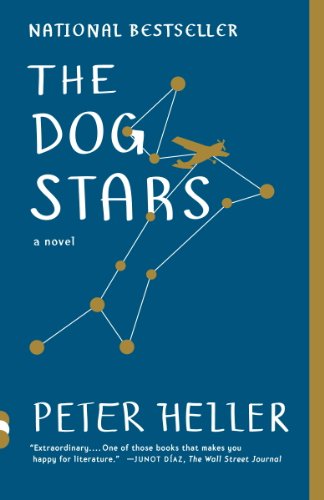
He pours all his love and longing into Jasper, who flies with him and accompanies him on regular walking trips into the foothills for fly fishing and hunting. If that’s all there were to the book, you could see it as an Eastwood-esque male fantasy.īut Hig also has a heart. The two men have formed a mutually beneficial alliance, if not quite friendship: Hig flies a 30-mile perimeter to spot incoming human danger and Bangley brilliantly schemes how to take them out - always shooting first.

He now lives at the airport east of Boulder with three companions: his aging blue heeler Jasper, a 1956 Cessna - the date puts the story somewhere in the mid-2030s - and a cranky, heavily armed survivalist named Bangley. Hig has managed to survive a ferocious flu plague that wiped out 99 percent of the population, including his beloved wife.

Toss in the quirky attraction of a book set at nearby Erie Municipal Airport, and you have easily the best end-of-the-world novel since Cormac McCarthy’s bleak 2006 Pulitzer Prize winner, “The Road.” Consider the doom boom since the 2008 financial collapse, a wave of literally dozens of books and movies tapping into a gloomy zeitgeist.Īt the top of the latest crop of apocalyptic fiction is Denver author Peter Heller’s “The Dog Stars.” The novel creates a delicate balance between post-civilization wish fulfillment and the deep human need for connection that will appeal to readers of accessible literary fiction. $24.95īut fear of the future can be the catalyst for great - and not-so - art and entertainment.


In his fascinating 2008 book, “The Science of Fear: Why We Fear the Things We Shouldn’t - and Put Ourselves in Danger,” Canadian journalist Daniel Gardner notes that every generation fears the future and tends to idealize the past - a flawed equation on the face of it, since the past was once the future.


 0 kommentar(er)
0 kommentar(er)
